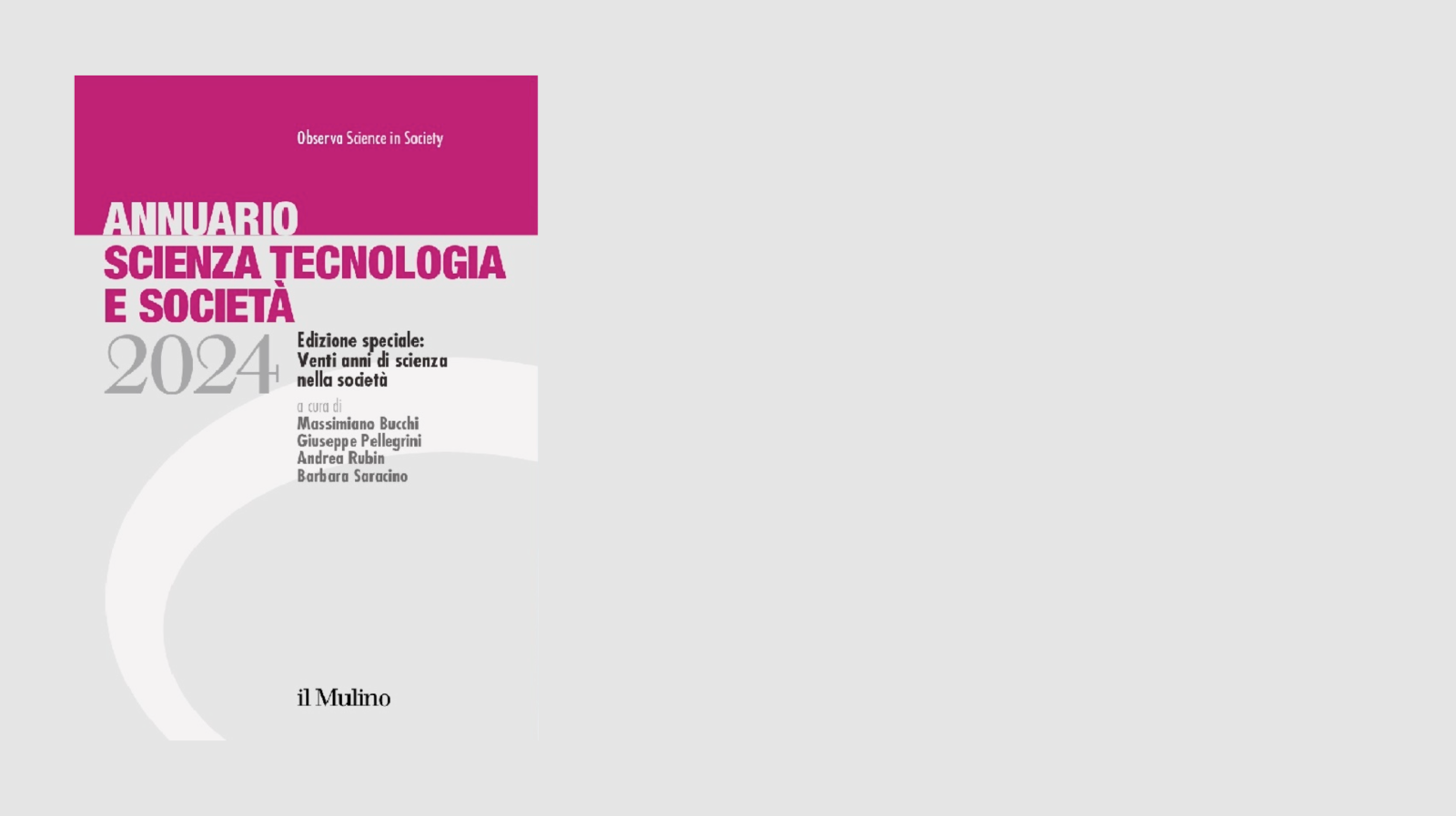The announcement was made just a few days ago about the discovery of a never previously observed baryon, with a mass close to that of the lithium atom. Physicists Claude Amsler, Vincenzo Chiochia and Ernest Aguilò of CERN in Geneva "played" with the LHC, the same tool used for the Higgs boson search. Researchers say the discovery of the second of three baryons composed of usb quarks is important to confirm the theory that explains how quarks bind together and how the strong force, one of the four forces existing in nature, helps creating these elusive particles. Here is the explanation of this important discovery by Emilio Guido Tonelli.
The CMS Collaboration - which conducts one of the experiment with the LHC, the large accelerator at CERN in Geneva - recently submitted for publication a paper reporting the discovery of a new particle. It is a new baryon (particles composed of three quarks), known as Ξ*bo, excited state of a system of three quarks, including the b quark (also known as the beauty quark). The new particle was predicted by the standard model and therefore is not a measure revealing any new physics, and yet it is a good result that confirms the experiment is in good health and the incredible potential of the LHC detectors. The observation was made by analyzing data collected from the experiment in 2011 with LHC collisions to 7 TeV in the mass centre. The mass of the new particle was measured with accuracy and is 5945.0 ± 2.8MeV (therefore more than 6 times the mass of a proton) while the discovery statistical significance is estimated to exceed 5σ (therefore very high). The Ξb baryon family is made up of particles containing a beauty quark (b), a strange quark (s) and an up (u) or down (d) quark. The three quarks "bsu" system generates the Ξb neutral baryons or, if at the place of the up quark (u) there is a down quark (d), the "bsd" system generates the electrically charged Ξb - baryons. All this has been known for some time, the standard model predicts these baryons and indeed they have been observed experimentally. What had hitherto escaped direct observation was the excited state of these baryons; in other words, neutral Ξb baryons had been observed as well as Ξb - charged baryons, but always with the quantum numbers for angular momentum (J) and parity (P) characteristic of the ground state. The theory predicts the presence of these baryons in the excited state, and therefore predicts new particles with slightly greater masses. But until now their observation had proved very difficult because the excited states decay very rapidly into a cascade of particles with smaller mass which is very difficult to distinguish from the background. The Ξ*b o state was identified by reconstructing a complex sequence of particles decays leading to a final state containing one proton, two muons and three pions.
As shown in figure 1 the Ξ*bo excited baryon produced in the primary vertex of protons collision immediately decays into a charged baryon in the ground state Ξb - emitting a positively charged pion that appears to come from the primary vertex. In turn the Ξb - decays, after a characteristic flight-time, in a J/ψ Ξ- pair with the J/ψ that produces a pair of opposite sign muons, while the Ξ- flight continues until it disintegrates in a Λ0π- pair. The process ends with the Λ0 decaying into a proton and a negative π- pion. The existence of the Ξ*b 0 baryon is based on the detection of all these particles, each of which is measured in terms of charge, pulse and vertices of production and decay which are used to reconstruct the invariant masses of the various decay intermediate states. An important role in the reconstruction of the signal and control of the background is played by applying knowledge about the average life of the intermediate states produced.

In total, in the mass window of interest, CMS reconstructs 21 events on a predicted background, in the absence of signal, of 3.0 ± 1.4 events. The statistical significance of the observed excess was estimated to be 6.9σ. Even taking into account different assumptions for adjusting for the Look Elsewhere Effect (an effect that takes account of the random occurrence of an event) this value in any case exceeds 5σ, which is the value commonly used when speaking of a discovery.


